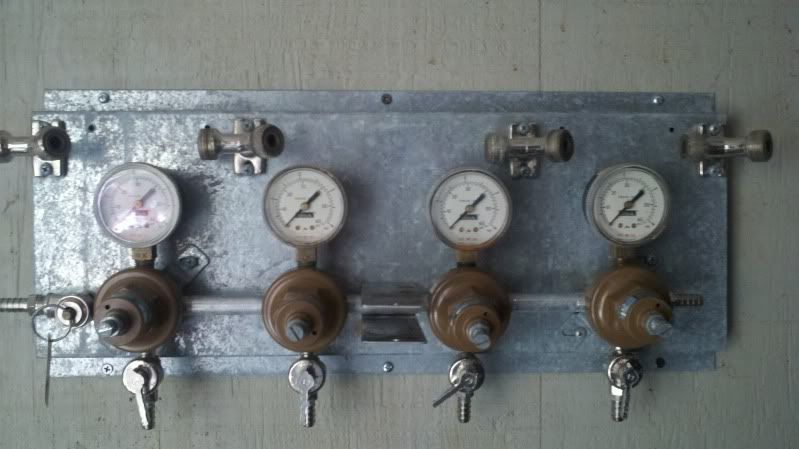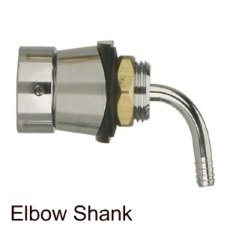It seems as if I have found the magic thread. I've been looking at tubing, barbs, and everything else all day, and I have officially confused myself more than I was when I started. I come to those more experienced than me to seek guidance.
I have a True TDD-2. I have two towers, four Perlick taps. I am aiming to replace all my hoses and clean things up a bit. I also plan to add a 5th coupler for a Blichmann Beer Gun. (I know, I don't need it, but I already have it.)
Oh, and I have this little gem. :rockin:

My intent is to run tubing from my towers to the top panel.
I will run beverage from the top panel to the couplers.
I will run gas from the bottom of the panel to the couplers.
My CO2 tank will connect to the right inlet on the gas panel.
Instead of plugging the left end, I will run a split valve that will enable me to send one CO2 line to the coupler, and one to the beer gun. Of course, these valves will be turned off when not in use. I will simply use the regulator off the CO2 bottle to control PSI for beer gun use.
Now, all that being said, I really want to clean up the mess of lines in my kegerator. In the current configuration, I've always got a CO2 line or a beverage line in the way. I intend to run the lines to the faucets neatly against the walls of the kegerator, with plumbing mounts keeping them in place. This should allow for all the free floating lines to be coming from the left, meaning I can now easily move things out of the way when I clean the inside of the kegerator, instead of getting smacking in the head and tangled in hoses.
I'm looking at the 3/16" Accuflex Bev-Seal line from Birdman. Am I correct that this is truly 3/16" inner diameter?
http://www.birdmanbrewing.com/accuflex-bev-seal-ultra-barrier-tubing-3-16-id-100ft-free-shipping/
Is there any flawed logic in my setup? I'm thinking 5ft of tubing for each beverage run, meaning 10ft total length per keg? Is this grossly off on the too long or too short side?
Will normal 3/16" barbs work with this? I see no reason why they shouldn't.
How stiff is this stuff in reality. Will it make curves and bends? Will it stay put when moved out of the way?
Any help would be appreciated.




